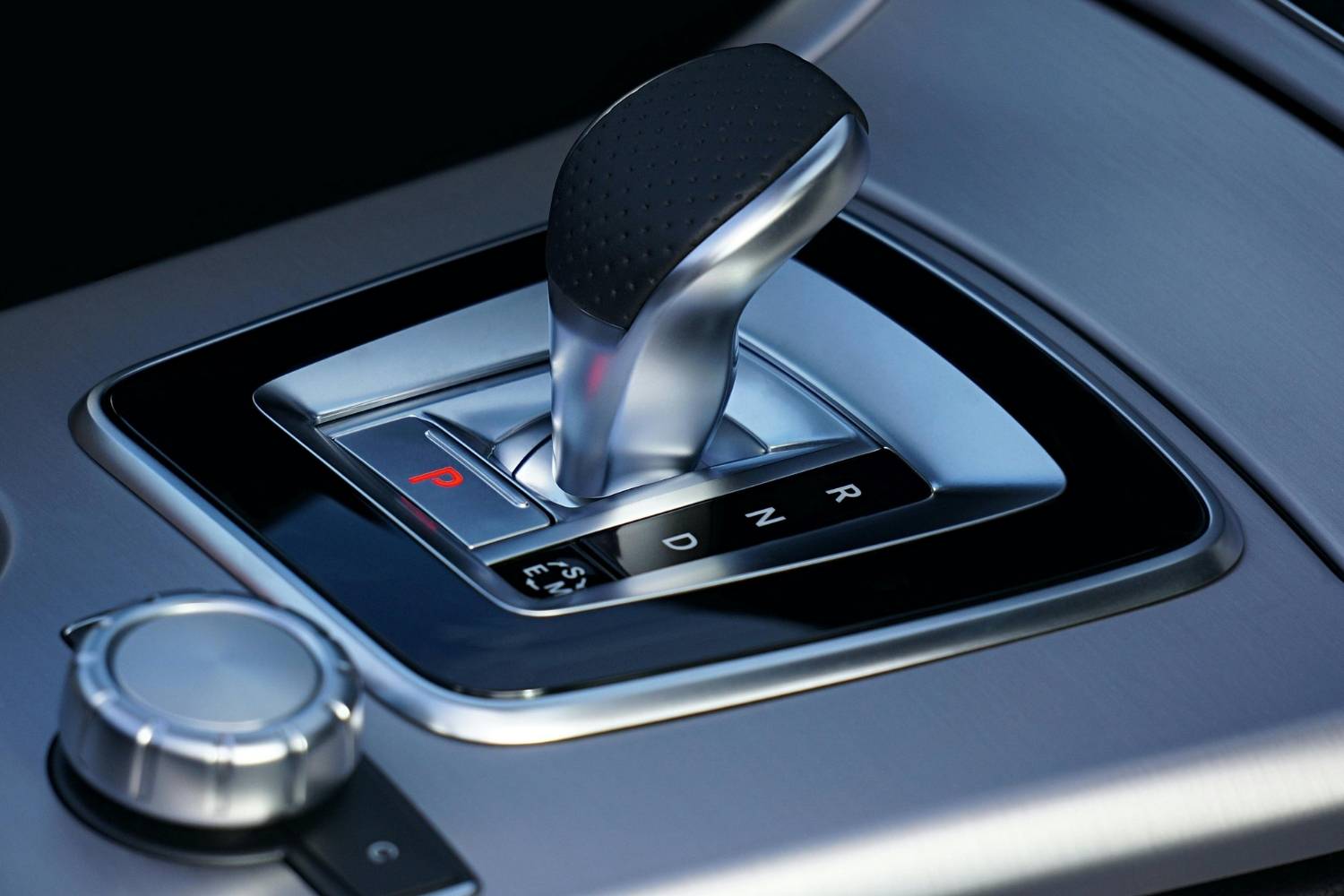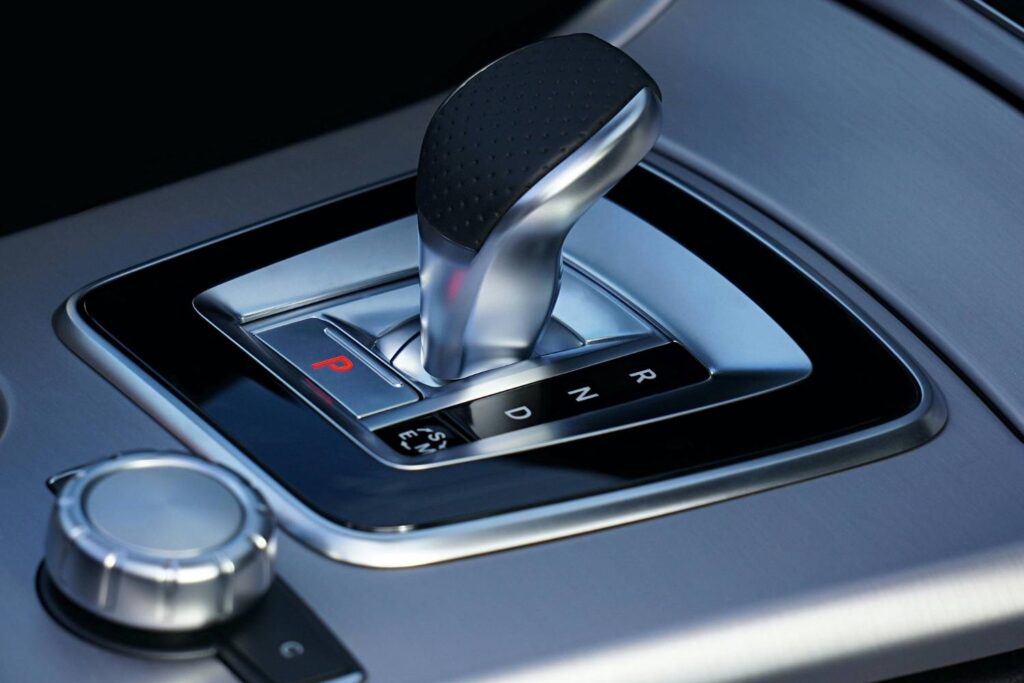Phone:
(701)814-6992
Physical address:
6296 Donnelly Plaza
Ratkeville, Bahamas.

10 Expert Tips for Solving Car Vibrations in Drive but Not in Neutral can save you from costly repairs and dangerous driving conditions. That unsettling vibration you feel when your car is in drive but disappears in neutral is more than just an annoyance—it’s your vehicle communicating a potential problem. Whether you’re a casual driver, a car enthusiast, or a professional mechanic, understanding the root causes of these specific vibrations can prevent minor issues from developing into major mechanical failures. From damaged engine mounts to transmission troubles, this comprehensive guide will walk you through the diagnostic process and provide actionable solutions to restore your smooth driving experience. Don’t ignore these warning signs—they’re often early indicators of problems that will only get worse with time.

When your car vibrates in drive but operates smoothly in neutral, understanding the mechanical differences between these states is crucial for proper diagnosis.
Your vehicle shudders when in drive but runs smoothly once shifted to neutral, leaving you confused about the cause.
This inconsistent behavior makes diagnosis challenging and can mask serious underlying issues that could lead to complete system failure if left unaddressed.
Understanding the fundamental differences in how your car operates in different gears:
| Component | In Drive | In Neutral |
| Engine | Under load | Minimal load |
| Transmission | Fully engaged | Disengaged |
| Drivetrain | Active | Inactive |
| Torque Converter | Locked | Unlocked |
| Drive Shafts | Rotating under stress | Static or minimal rotation |
Prevention Guidelines:
Engine mounts serve as the critical connection points between your engine and vehicle frame, designed to absorb vibrations while keeping the engine properly positioned.
Problem: Worn or damaged engine mounts allow excessive engine movement, creating noticeable vibrations, particularly when torque is applied in drive.
Agitation: Failed engine mounts not only cause uncomfortable vibrations but can also lead to misalignment of drivetrain components, potentially causing damage to transmission, exhaust systems, and engine accessories.
Solution: Inspect and replace compromised engine mounts.
The transmission system plays a crucial role in power delivery, and problems within it often manifest as vibrations only in the drive.
Problem: Transmission issues ranging from low fluid levels to worn internal components can create vibrations that occur exclusively when the vehicle is in gear.
Agitation: Ignoring transmission-related vibrations can lead to catastrophic transmission failure, resulting in expensive repairs or complete replacement.
Solution: Perform comprehensive transmission diagnostics and maintenance.
Drive shafts and CV joints transfer rotational power from the transmission to the wheels, and when damaged, create vibrations only when in drive.
Problem: Worn CV joints, unbalanced drive shafts, or damaged U-joints create vibrations that intensify with speed when in drive.
Agitation: These components can eventually fail completely if not addressed, potentially leaving you stranded or causing dangerous driving conditions.
Solution: Proper inspection and replacement of worn driveline components.
Improper engine idle speed and performance issues can create vibrations that are particularly noticeable when the transmission is engaged.
Problem: Incorrect idle speed settings or engine performance issues can cause vibrations that become amplified when in drive.
Agitation: These problems can reduce fuel efficiency, increase emissions, and potentially lead to more significant engine damage over time.
Solution: Proper engine tuning and maintenance to ensure optimal performance.
Engine tune-ups maintain optimal combustion efficiency, which directly impacts how smoothly your engine runs under load.
Problem: An engine running rough due to maintenance issues will create vibrations that become more pronounced when in drive.
Agitation: Neglected tune-ups not only cause uncomfortable vibrations but reduce fuel economy and engine longevity while increasing harmful emissions.
Solution: Comprehensive tune-up focusing on ignition and fuel delivery systems.
Vacuum leaks can significantly affect engine performance, creating vibrations that become more noticeable when the engine is under load.
Problem: Air leaks in the intake system disrupt the air-fuel mixture, causing uneven engine operation and vibration.
Agitation: These leaks not only cause vibration but can trigger check engine lights, reduce power, decrease fuel economy, and potentially damage catalytic converters over time.
Solution: Locate and repair all vacuum leaks in the intake system.
While tire-related vibrations typically occur at specific speeds regardless of gear, improper balance and alignment can amplify vibrations felt when in drive.
Problem: Unbalanced tires or misaligned wheels create vibrations that combine with drivetrain vibrations, worsening the overall experience.
Agitation: These issues accelerate tire wear, reduce fuel efficiency, and can eventually damage suspension and steering components.
Solution: Professional tire balancing and four-wheel alignment.
Exhaust system issues can create vibrations that are felt more intensely when the engine is under load in drive.
Problem: Damaged exhaust components, broken hangers, or exhaust leaks create resonance and vibration throughout the vehicle.
Agitation: Beyond uncomfortable vibrations, exhaust issues can allow dangerous gases into the cabin, reduce engine performance, and potentially violate emissions regulations.
Solution: Complete inspection and repair of exhaust system issues.
The torque converter connects the engine to the transmission in automatic vehicles and can be a significant source of drive-only vibrations.
Problem: Damaged torque converter components, improper lockup, or fluid issues can create shudder or vibration when in drive.
Agitation: Torque converter problems can rapidly worsen, potentially leading to transmission overheating and complete failure if not addressed.
Solution: Proper diagnosis and repair of torque converter issues.
Brake system issues can create vibrations that are most noticeable when the vehicle is in drive.
Problem: Warped rotors, stuck calipers, or damaged brake components can cause vibrations that increase under engine load.
Agitation: Beyond uncomfortable vibrations, brake issues compromise safety and can lead to complete brake failure if neglected.
Solution: Complete brake system inspection and necessary repairs.
10 Expert Tips for Solving Car Vibrations in Drive but Not in Neutral provides a comprehensive approach to diagnosing and resolving this common but often misunderstood automotive issue. By systematically checking engine mounts, transmission components, drive shafts, engine performance, vacuum systems, tires, exhaust, torque converter, and brakes, you can identify and resolve the root cause of your vehicle’s vibrations. Remember that problems detected early typically require less expensive repairs and prevent more serious damage. Regular maintenance remains your best defense against developing these issues in the first place. Whether you’re a DIY enthusiast or prefer professional service, understanding these key areas will help you communicate effectively with your mechanic and ensure your vehicle remains smooth, quiet, and reliable for years to come.
This typically indicates an issue in the drivetrain components that engage only when in gear, such as transmission, torque converter, drive shafts, or engine mounts. The problem is likely in components that bear load only when the transmission is engaged.
Yes, low or degraded transmission fluid can cause vibrations when in drive as it leads to improper clutch engagement, overheating, and increased friction within the transmission. Regular fluid checks and changes can prevent this issue.
Look for excessive engine movement during acceleration, clunking noises when shifting gears, or visible damage to the mounts themselves. Having someone rev the engine while you observe can help identify excessive movement indicating mount failure.
It’s not recommended as these vibrations indicate mechanical issues that could worsen and potentially lead to component failure or unsafe driving conditions. Address the problem promptly to prevent more expensive repairs later.
Include them in your regular maintenance every 15,000-30,000 miles or whenever you notice unusual noises during turns or acceleration. Preventative inspection can catch issues before they cause significant vibration.
Yes, damaged exhaust hangers or components can create vibrations that become more pronounced when the engine is under load in drive. A thorough under-vehicle inspection can identify these issues.
Torque converter issues typically cause shuddering during acceleration or at specific speeds when the lockup clutch engages. The vibration may disappear when you lightly press the brake while driving, which disengages the torque converter clutch.
It can help if the vibration is caused by degraded fluid affecting shifting quality or torque converter operation. Always use the manufacturer-specified fluid type and consider a filter change simultaneously.
Costs vary widely depending on the cause, from approximately $50 for a fluid change to $1,000+ for torque converter replacement. Early diagnosis generally leads to less expensive repairs.
While alignment issues typically cause constant vibrations, poor alignment can exacerbate other drivetrain vibrations when in drive. Proper alignment ensures optimal contact between tires and road, reducing overall vibration.